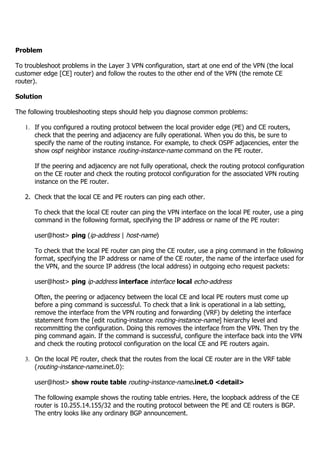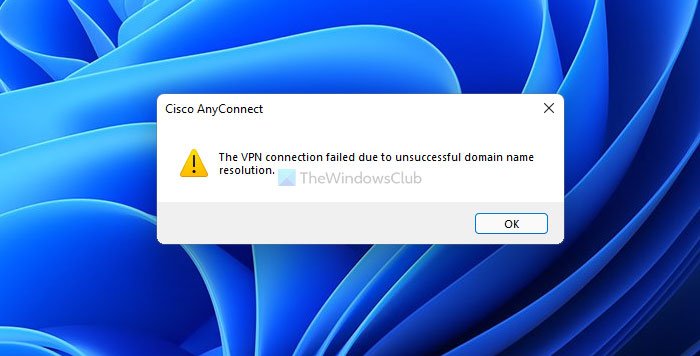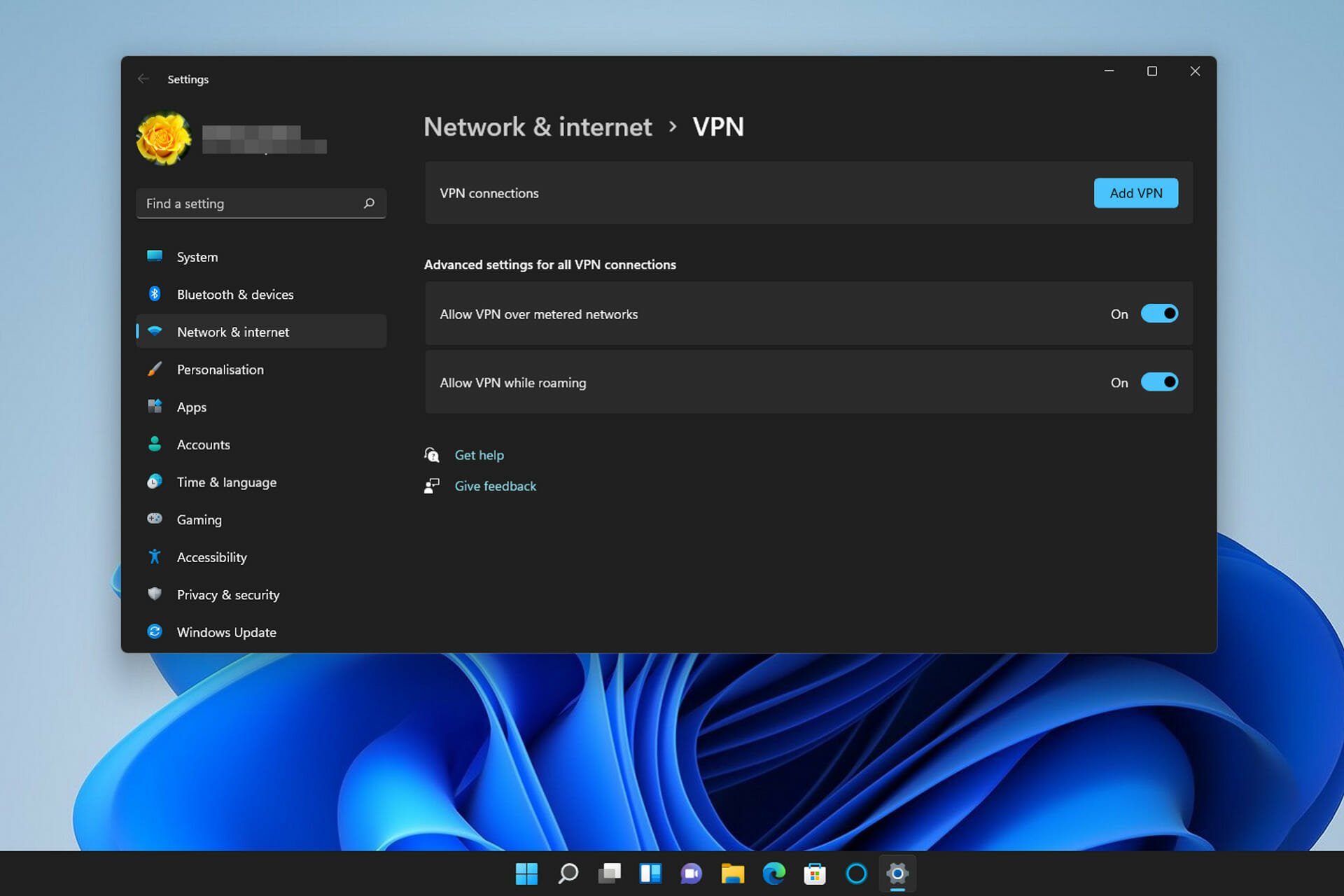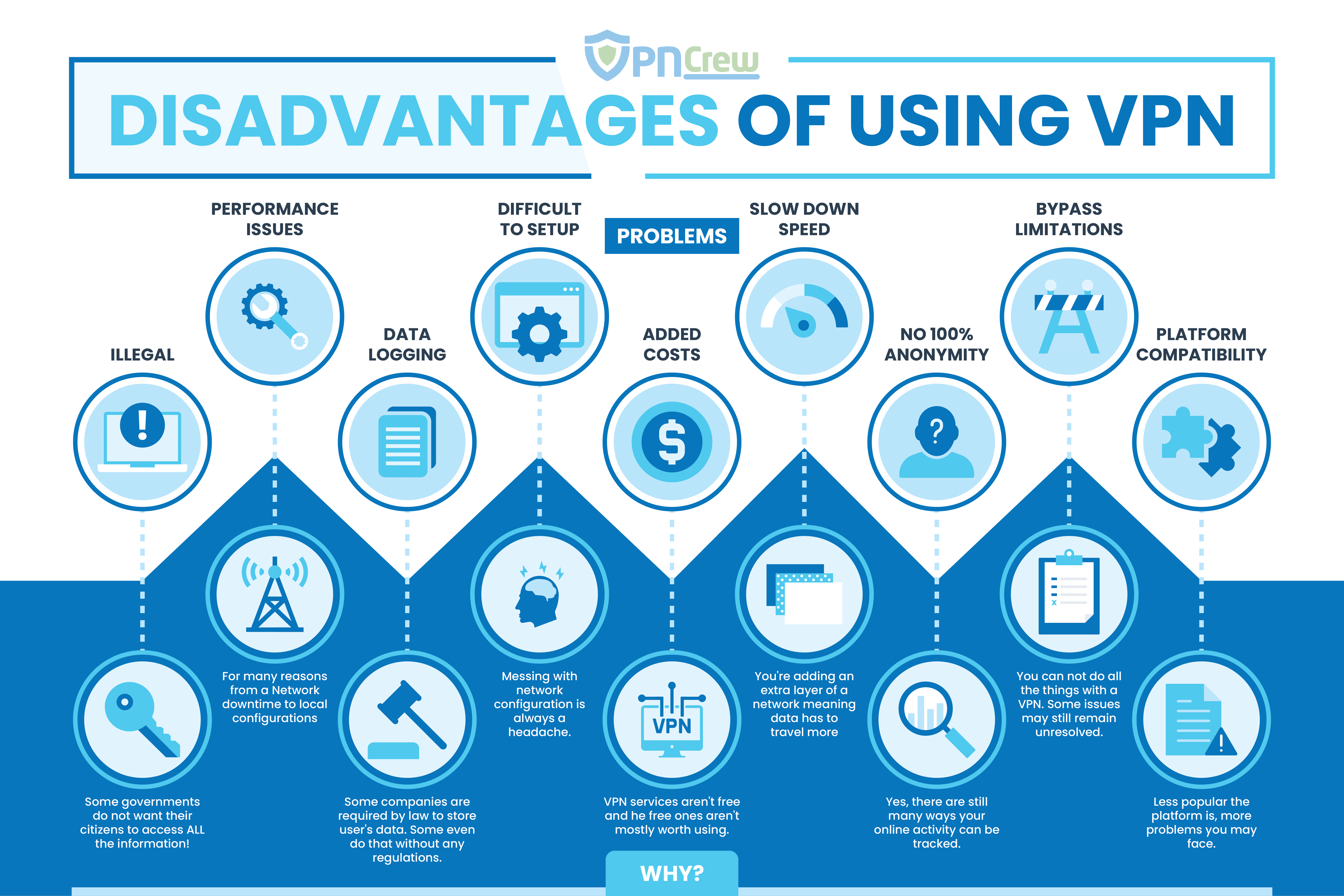Featured
Table of Contents
11 Vpn Troubleshooting Tips: Quick & Easy Fixes In 2023

The Routing and Remote Gain access to snap-in lives within the Microsoft Management Console, referred to as the MMC. There are numerous ways to access the MMC. You can select the console from the Start menu's Programs choices, within the Administrative Tools folder within Windows server's Control Panel or by typing mmc at a command timely.
As Tech, Republic's Brandon Vigliarolo demonstrates within his video at the start of this article, the Providers console shows the status of the Routing and Remote Access entry. From within the Services console and with the Routing and Remote Access entry highlighted, you can click Start the Service or right-click the entry and select Restart.
In some cases the VPN customer and VPN server are set to using various authentication approaches. Validate whether an authentication mistake is the problem by opening the server console. Another method of accessing the MMC is to type Control+R to open a command prompt in which you can type mmc and struck Enter or click OK.
If the entry isn't present, click File, choose Add/Remove Snap-in, select the Routing and Remote Gain access to choice from the options and click Include, then OK. With the Routing and Remote Gain access to snap-in added, right-click on the VPN server and click Residences. Then, review the Security tab to verify the authentication technique.
Vpn-related Problems And Solutions
Guarantee the VPN customer is set to the authentication approach defined within the Security tab. Generally the products simply examined are responsible for most VPN connection rejection mistakes.
Each Web-based VPN connection typically uses 2 various IP addresses for the VPN client computer. This is the IP address that's used to develop the preliminary TCP/IP connection to the VPN server over the Internet.

This IP address typically possesses the same subnet as the local network and thus permits the client to communicate with the local network. When you set up the VPN server, you must configure a DHCP server to appoint addresses to clients, or you can develop a bank of IP addresses to appoint to customers directly from the VPN server.


If this option is selected and the efficient remote access policy is set to permit remote gain access to, the user will have the ability to connect to the VPN. I have actually been not able to re-create the situation personally, I have actually heard rumors that a bug exists in older Windows servers that can trigger the connection to be accepted even if the reliable remote gain access to policy is set to deny a user's connection.
Getting Started With Vpn Troubleshooting

Another common VPN problem is that a connection is successfully established but the remote user is unable to access the network beyond the VPN server. By far, the most common cause of this issue is that authorization hasn't been given for the user to access the whole network. To permit a user to access the entire network, go to the Routing and Remote Access console and right-click on the VPN server that's having the issue.
At the top of the IP tab is an Enable IP Routing check box. If this check box is made it possible for, VPN users will have the ability to access the rest of the network, assuming network firewall programs and security-as-a-service settings permit. If the checkbox is not picked, these users will have the ability to access only the VPN server, however nothing beyond.
If a user is calling straight into the VPN server, it's usually best to configure a static route between the customer and the server. You can configure a static path by going to the Dial In tab of the user's residential or commercial properties sheet in Active Directory site Users and Computers and choosing the Apply A Static Path check box.
Click the Add Path button and after that enter the destination IP address and network mask in the area provided. The metric need to be left at 1. If you're utilizing a DHCP server to appoint IP addresses to clients, there are a couple of other problems that might trigger users not to be able to exceed the VPN server.
Vpn Not Connecting? 8 Possible Reasons And Fixes
If the DHCP server appoints the user an IP address that is currently in usage elsewhere on the network, Windows will spot the conflict and avoid the user from accessing the rest of the network. Another typical issue is the user not receiving an address at all. The majority of the time, if the DHCP server can't designate the user an IP address, the connection won't make it this far.
254.x. x variety. If the customer is appointed an address in a variety that's not present within the system's routing tables, the user will be not able to navigate the network beyond the VPN server. Other concerns can add to this issue, too. Guarantee the resources the user is trying to access are actually on the network to which the user is connecting.
A VPN connection to the other subnet might, in reality, be needed. A firewall program or security as a service option might also be to blame, so do not forget to examine those solutions' settings, if such elements exist in between the VPN server and the resources the user looks for to reach.
The first possibility is that one or more of the routers included is performing IP package filtering. IP package filtering could avoid IP tunnel traffic. I suggest checking the customer, the server and any devices in between for IP package filters. You can do this by clicking the Advanced button on each maker's TCP/IP Characteristics sheet, picking the Options tab from the Advanced TCP/IP Settings Residence sheet, choosing TCP/IP Filtering and clicking the Properties button.
Latest Posts
Best Vpn According To Reddit In 2023
The Best Vpn To Use To Protect Your Privacy
Best Business Vpn In 2023 [Ranked & Reviewed]